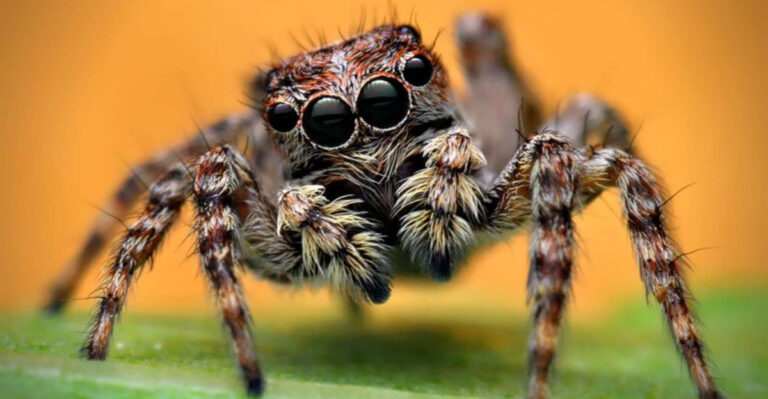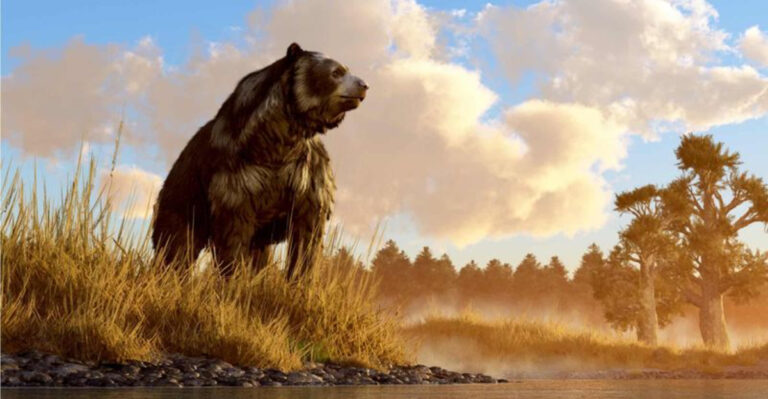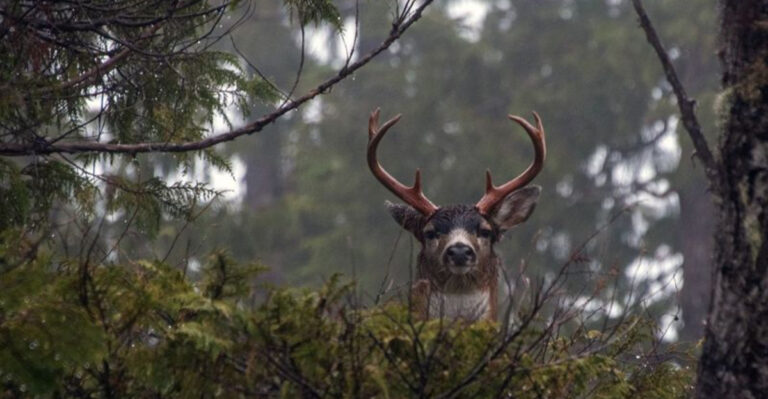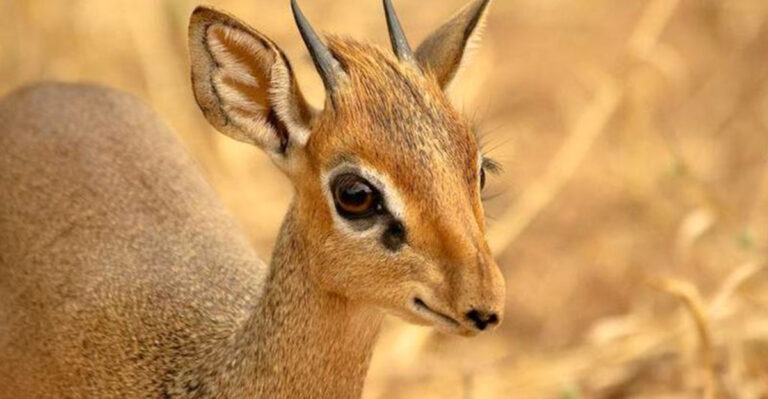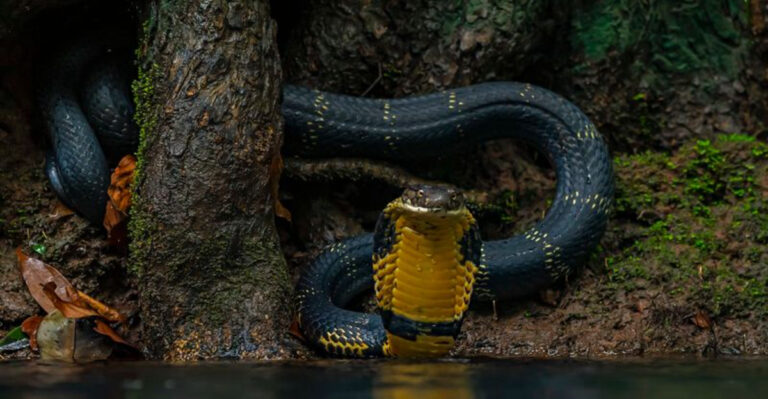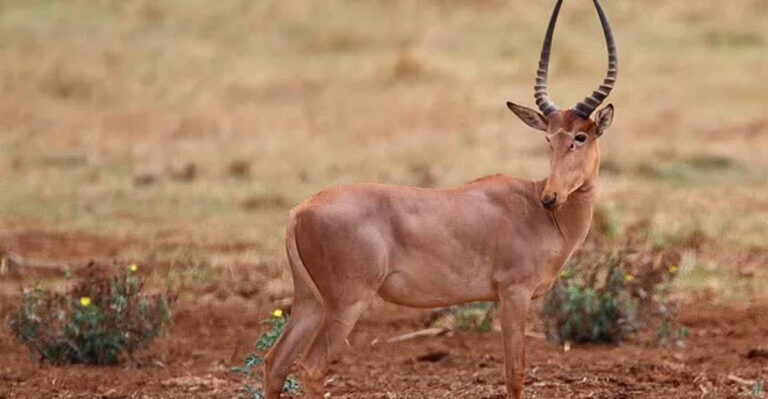If These 12 Birds Visit Your Garden, You’re Doing Everything Right
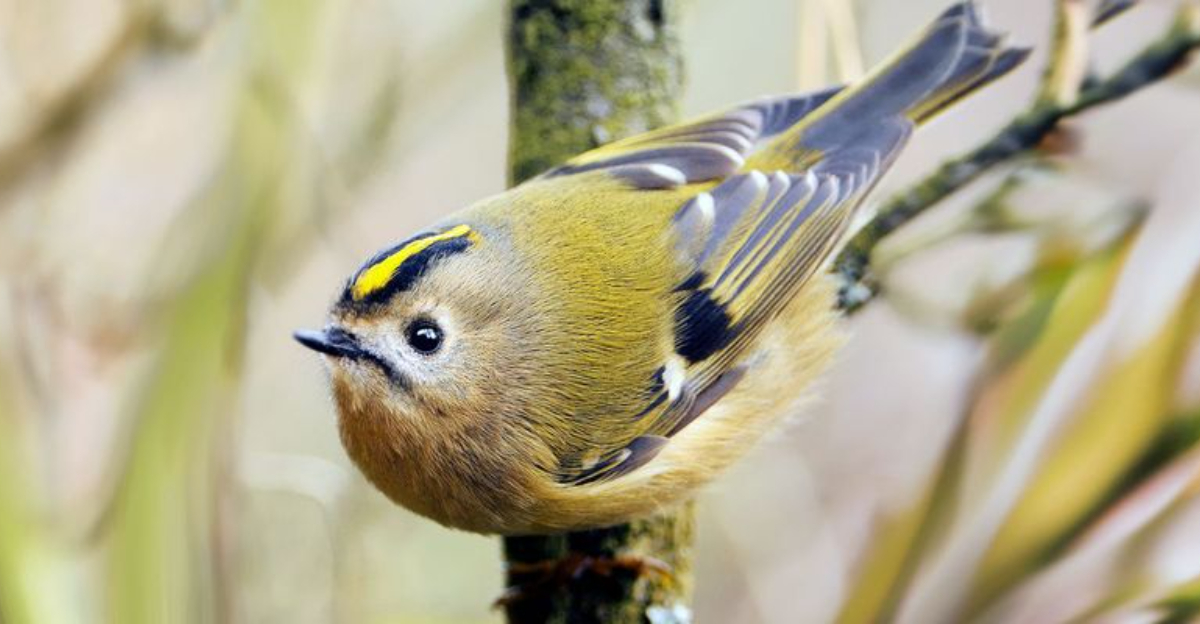
Birds are not just a delight to watch; they are also a sign that your garden is thriving in harmony with nature.
Inviting a variety of birds into your garden means you’re providing a healthy habitat that supports diverse wildlife.
Here are 12 beautiful birds that, if you spot them in your garden, are a testament to your gardening success and ecological mindfulness.
1. Robin
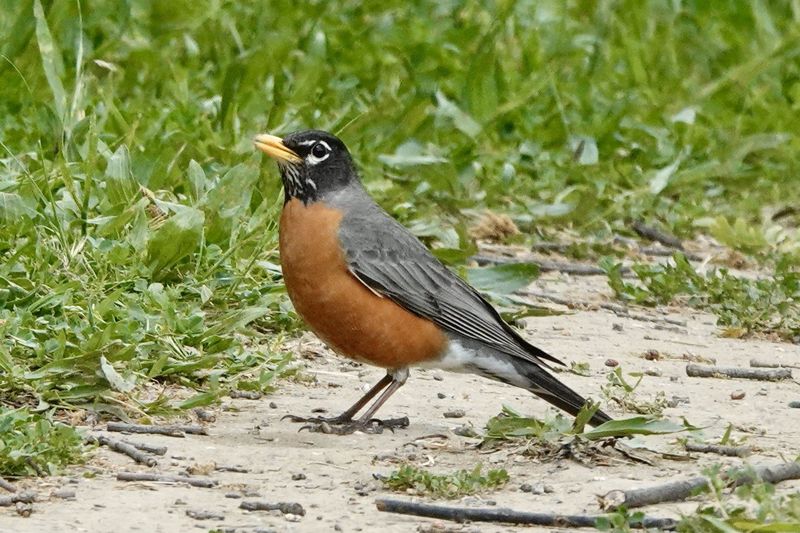
The robin, with its bright red breast and friendly demeanor, is a gardener’s favorite. These birds are often seen hopping around as they search for insects and worms.
If you see a robin, it means your garden is providing a rich supply of food.
Creating a welcoming environment for robins involves having plenty of earthworms and insects. They’re also fond of nesting in hedges, so having some dense shrubbery is a plus.
Robins are known to be quite territorial, so a single pair might claim your garden as their own little paradise.
2. Blue Jay
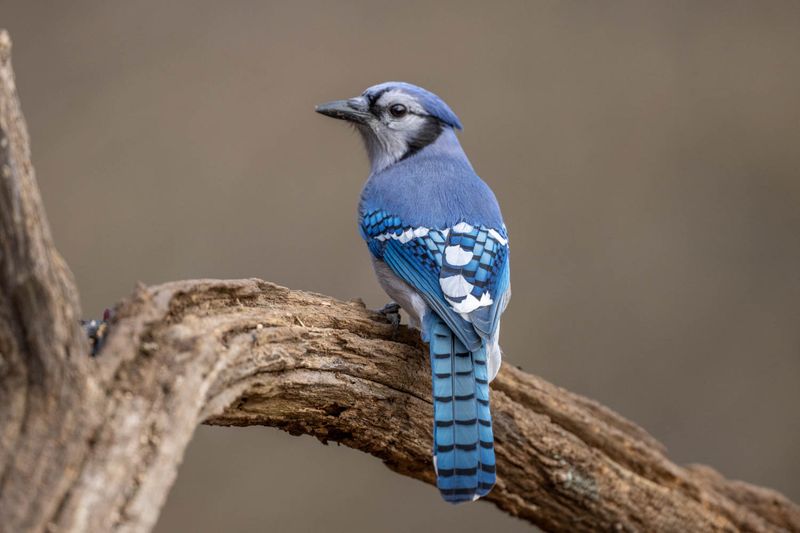
Blue Jays are the bold beauties of the bird world. Known for their striking blue feathers and curious nature, they add a splash of color to any garden.
These birds are natural acrobats, often seen performing aerial maneuvers.
If Blue Jays visit your garden, it’s a sign you have a balanced ecosystem. They love a diet rich in seeds and nuts.
Providing a variety of feeders can help attract them. Blue Jays are also known for their intelligence, often mimicking the calls of other birds to ward off predators.
3. Hummingbird
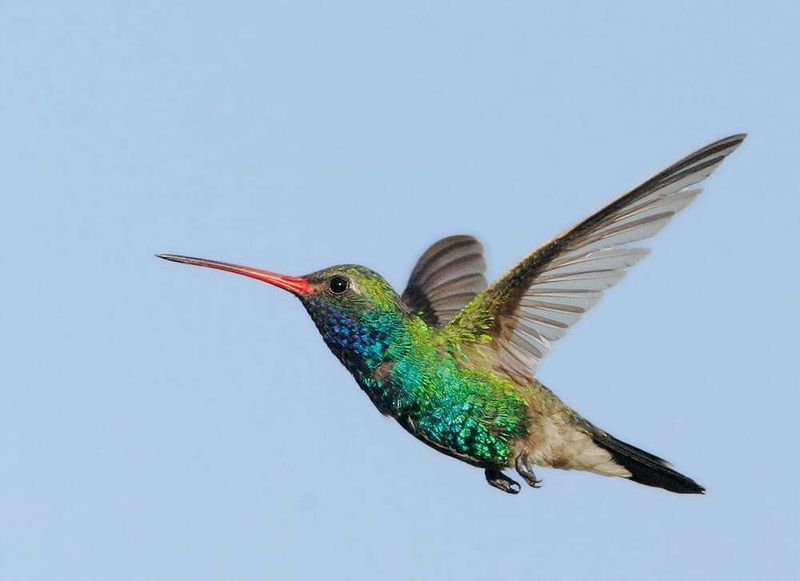
Hummingbirds are tiny jewels of the avian world. Their rapid wing flaps and iridescent feathers make them a joy to watch. They are drawn to gardens with plenty of nectar-rich flowers.
To attract hummingbirds, plant tubular flowers like trumpet vines or bee balm. They have a particular fondness for red blooms.
These birds are incredibly energetic and require a lot of food, so a garden full of vibrant flowers is essential. Their presence indicates you have a rich selection of flora.
4. Goldfinch
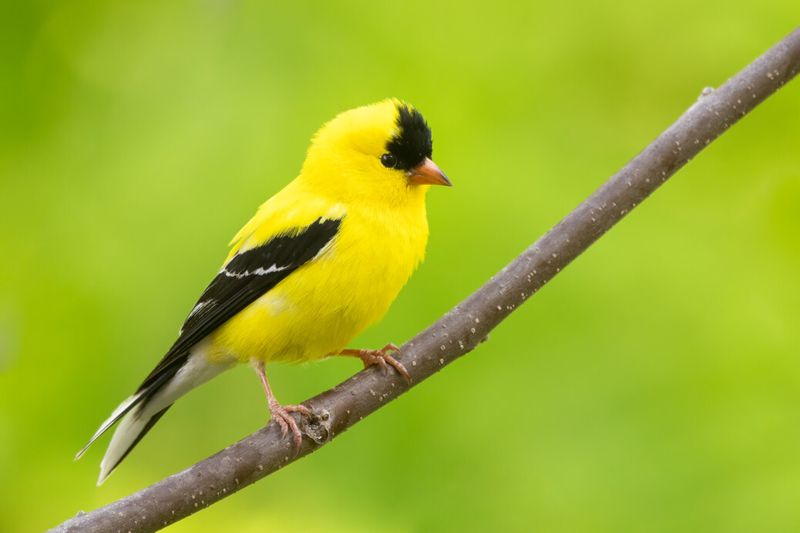
The Goldfinch, with its bright yellow plumage, is like a ray of sunshine. These birds are often seen flitting from flower to flower, and they are especially fond of sunflower seeds.
If you spot a Goldfinch, your garden is a haven for seed-eating birds. They’re drawn to gardens with a rich variety of flowers and plants.
Providing feeders filled with thistle or sunflower seeds can make your garden irresistible to them. Their presence means you’re doing a great job of providing food sources that cater to different species.
5. Cardinal
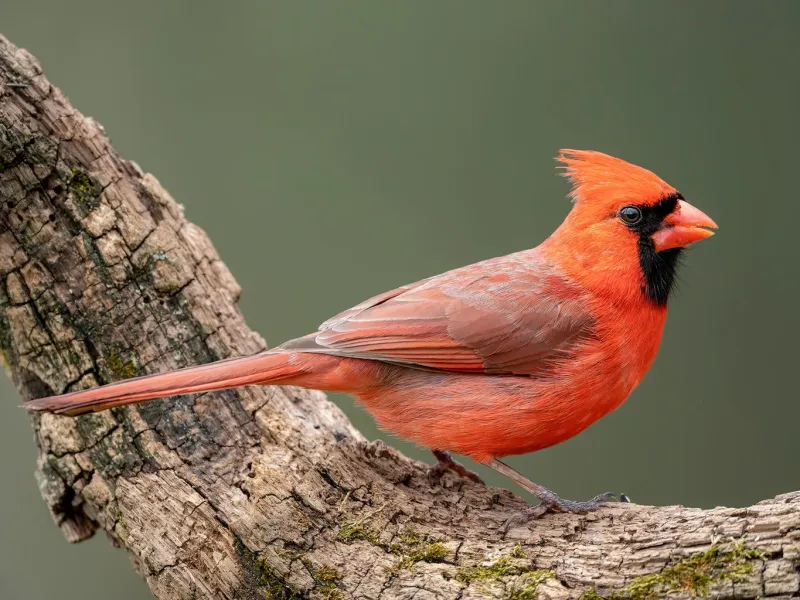
Cardinals are striking with their brilliant red plumage. They are one of the most recognizable birds in any garden. These birds are usually found in pairs and enjoy a mix of seeds and fruits.
In winter, their red feathers stand out against the snow, making them particularly easy to spot. Cardinals thrive in gardens with plenty of shrubs and trees.
If they frequent your garden, it means you’ve created a habitat that offers food and shelter year-round. Their presence is a testament to your garden’s hospitality.
6. Sparrow
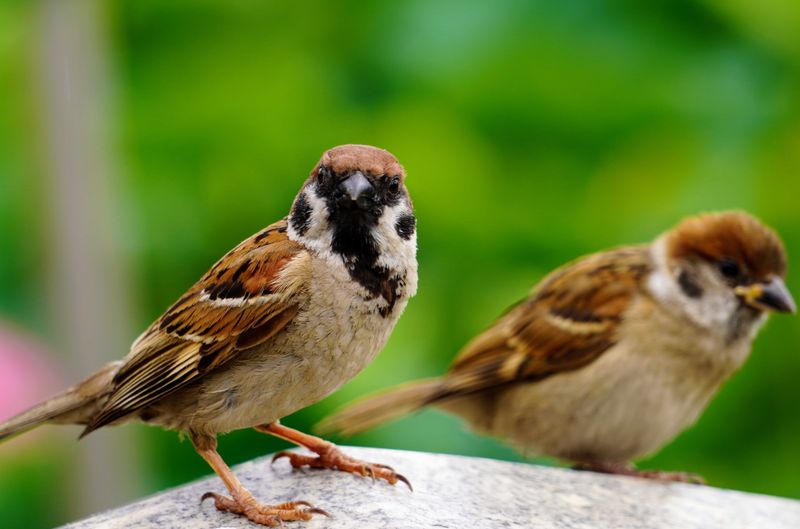
Sparrows might not be the flashiest, but they are one of the most common and cheerful visitors. These sociable birds enjoy bustling gardens where they can find seeds.
Their presence in your garden often means there’s an abundance of food, like seeds and small insects. Sparrows love to be where the action is.
To attract them, scatter some seeds and keep the garden lively with a mix of flowers and plants. Their presence signifies a thriving environment full of life and energy.
7. Blackbird
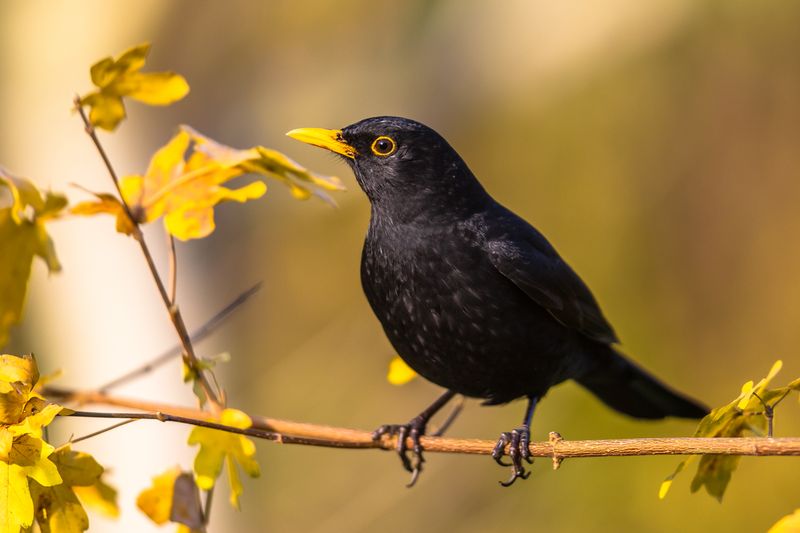
Blackbirds are known for their melodic tunes. If a blackbird graces your garden, it’s a sign of a serene and welcoming environment. These birds enjoy gardens with dense shrubbery and plenty of insects.
Creating a space with trees and bushes can attract blackbirds, as they like to nest in hidden areas.
Their song is a delightful addition to any garden, often heard at dawn and dusk. Their presence indicates your garden is a peaceful retreat, perfect for raising their young.
8. Woodpecker
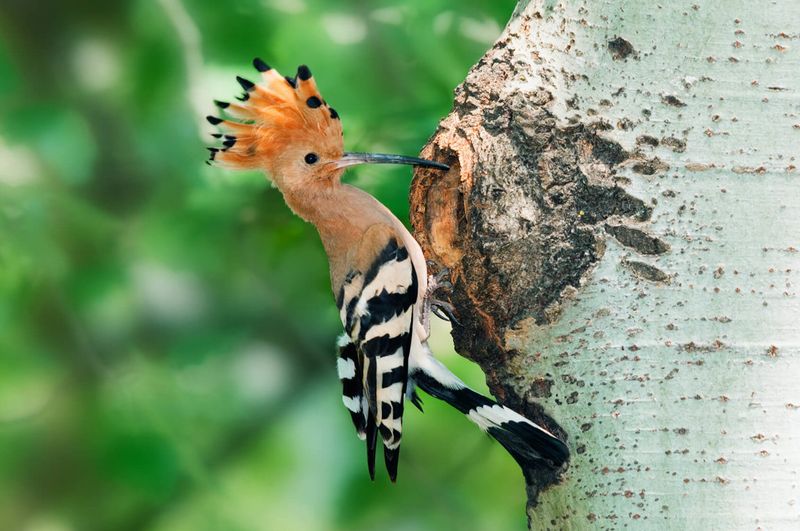
Woodpeckers are the drummers of the bird world. Finding one in your garden means you have a healthy population of trees and insects. Their distinctive pecking is a sound that signifies a vibrant ecosystem.
To attract woodpeckers, ensure your garden has mature trees. They help control insect populations by eating bugs found beneath the bark.
A visit from a woodpecker is a testament to a balanced environment that supports a wide range of wildlife, from insects to birds.
9. Wren
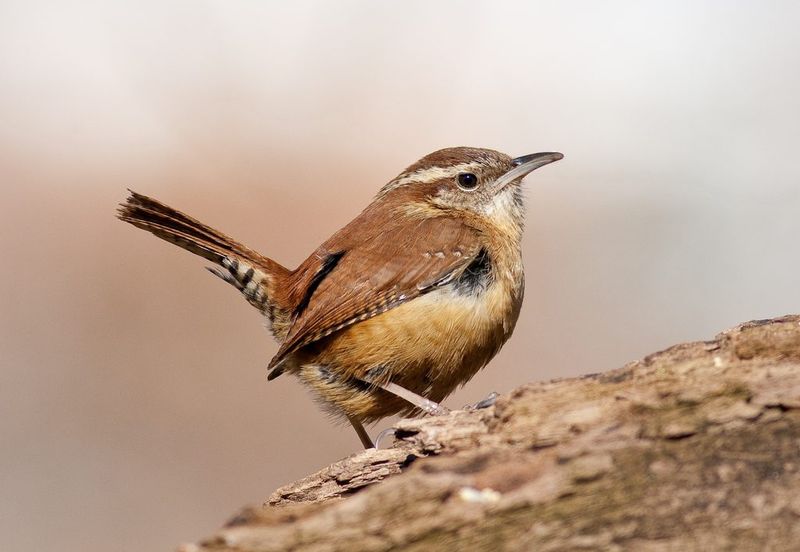
Wrens are small but mighty singers. Their cheerful song can fill an entire garden. These birds are drawn to gardens that provide plenty of cover and insects.
If you hear a Wren’s song, it’s a sign that your garden offers a rich tapestry of life. They enjoy foraging in hedges and bushes, so keep these areas dense.
Wrens are a joy to have around, and attracting them means your garden is brimming with biodiversity.
10. Barn Swallow
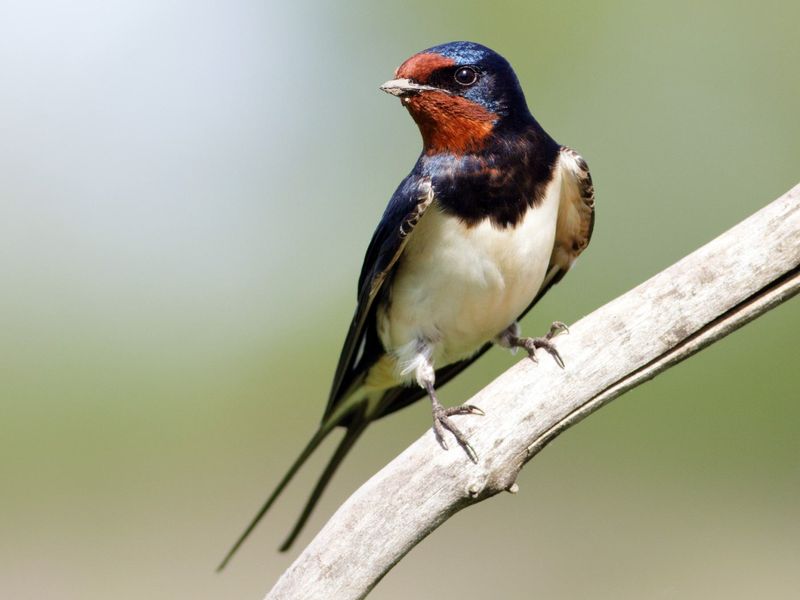
Barn Swallows are aerial acrobats, often seen darting swiftly through the sky. These birds thrive in open areas, particularly those near water.
Spotting a Barn Swallow means your garden is part of a larger ecosystem. They are insectivores, so a garden with plenty of flying insects is ideal.
Their presence can indicate that your garden supports not only birds but also a healthy insect population, making it a lively place to be.
11. Chickadee
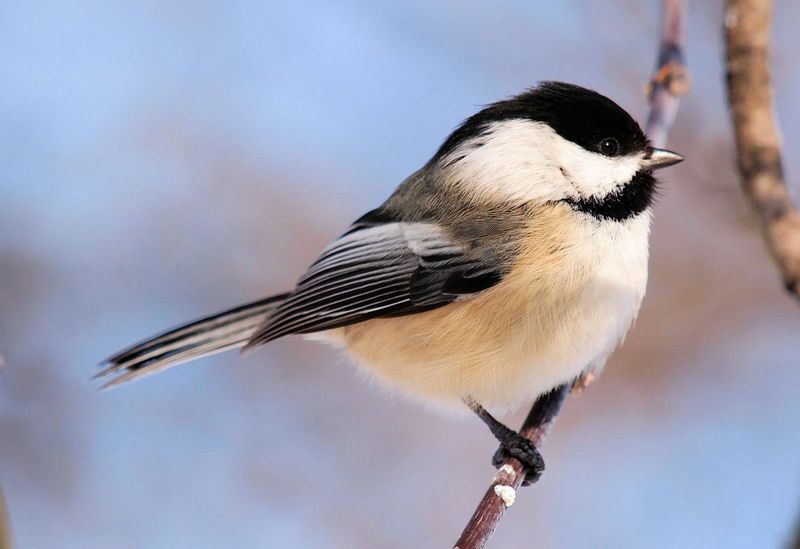
Chickadees are small birds with big personalities. Known for their distinctive black caps and cheerful call, they’re a favorite among bird watchers.
If a Chickadee visits your garden, it’s a sign you have a diverse selection of seeds and insects. They love their habitat to be filled with trees and bushes.
Providing nesting boxes can encourage them to stay longer. These birds are indicators of a garden that’s rich in resources and biodiversity.
12. Goldcrest
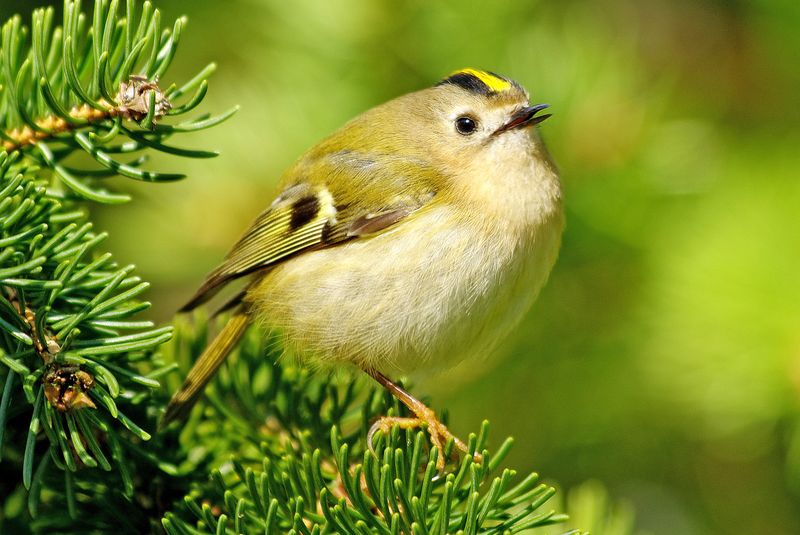
Goldcrests are the tiniest birds in Europe, yet their presence is hugely significant. These little birds are attracted to gardens with lots of conifers and dense foliage.
Spotting a Goldcrest means your garden offers excellent cover and plenty of tiny insects to feed on. Their agile movements and distinctive golden crown make them a delight to observe.
Encouraging these small birds to visit is a sign of a well-maintained garden that provides refuge and food for even the smallest of creatures.

